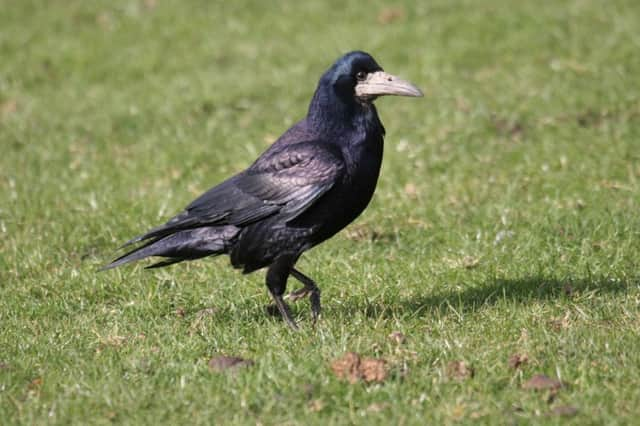Starlings disappearing from Scotland and UK


Scotland’s starling and rook populations have fallen dramatically over the past two decades, according to a new report.
Surveys show numbers of starlings north of the border were down by 28 per cent in 2017 compared to 1995, with a further 12 per cent loss in the past year.
Advertisement
Hide AdAdvertisement
Hide AdThis is part of a worrying UK-wide decline of 52 per cent since 1995.
Rook numbers in Scotland have fallen by 37 per cent over the same period.
Ornithologists do not know exactly what is driving the declines but say changes in the use of grasslands could be a major factor.
Other bird species that continue to cause concern include the greenfinch, which has declined by massive 66 per cent over the 22-year period, and the curlew, with a drop of 61 per cent.
Swifts have also experienced a major fall in numbers, with a 28 per cent decline in the past year and an overall loss of 59 per cent since 1995.
The latest figures show a much more positive picture for species, which have seen numbers soar.
Chiffchaffs have increased nearly eight-fold since 1995, while great spotted woodpeckers and blackcaps have more than quadrupled.
However, all three species were scarcer in 2018 than 2017.
Experts believe extreme weather last year – the Beast from the East and strong Saharan winds – impacted some bird species, both residents and migrating visitors.
Advertisement
Hide AdAdvertisement
Hide AdThe findings come from the latest annual Breeding Bird Survey (BBS) by the British Trust for Ornithology (BTO).
Sarah Harris, BBS organiser for the BTO, said, “It is thanks to the hundreds of volunteers who give up their time to count birds for the survey in Scotland that we are able to follow the ups and downs of our breeding birds so closely.
“While Starlings are struggling, other birds are doing very well.
“Thank you to all who take part in the BBS in Scotland, with some survey sites being in the most challenging terrain in the UK.”
Jeremy Wilson, head of conservation science at RSPB Scotland, added: “Knowing how bird populations are increasing or decreasing is fundamental to bird conservation, and the long-term trends in this new BBS report are a very important indicator of the health of Scotland’s environment. BBS trends show how our bird populations have fared since 1994 and are used to identify the species most needing conservation help: they are a crucial component of the Birds of Conservation Concern assessments, which identify the red list of species of greatest conservation concern.”